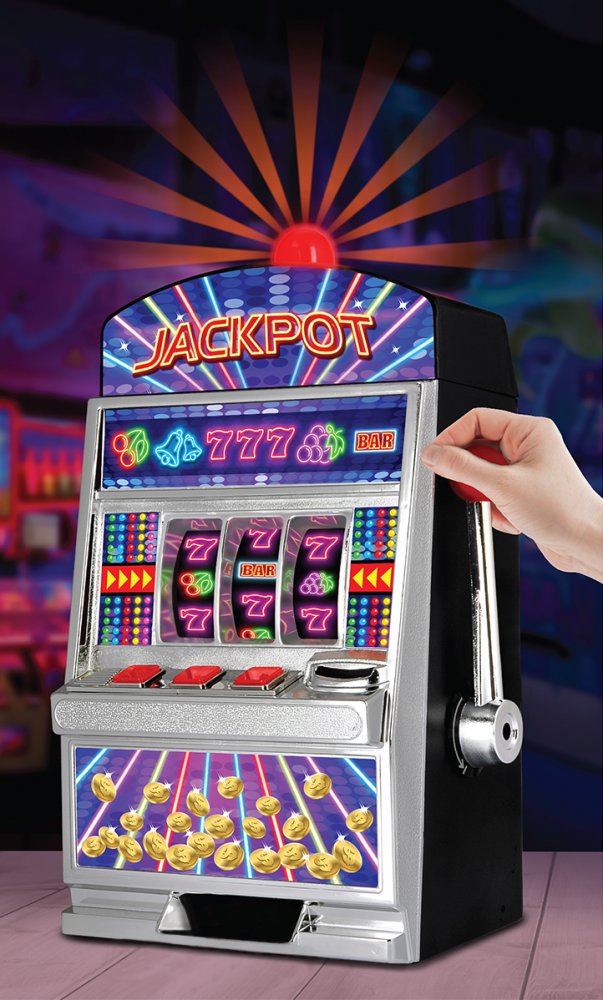
Whether you’re a beginner or a seasoned slot player, there are a few things every player should know. The most important tip is to gamble responsibly, and this means setting a budget or bankroll for your slot game play. This should be money you can afford to lose without affecting your financial well-being. In addition, you should make sure to take a break from gambling every once in awhile, and set limits on how much you can spend per session.
While slots are an incredibly popular casino game, many players still don’t fully understand how they work. They’re often misunderstood by the casual observer, but understanding how a slot machine works can help you improve your odds of winning. The following article will provide a basic overview of how a slot machine works, and what you can do to increase your chances of winning.
A slot is a small opening in a machine where coins or tokens are dropped to initiate the spin cycle. The word “slot” also refers to the corresponding opening in a land-based machine’s cabinet. The slot is usually a rectangular or circular opening, but it can be any shape or size. The term can also be applied to any device that requires a coin or other currency to operate.
The most popular type of slot is a video slot, which allows you to play multiple reels at the same time. These games are similar to traditional slots but have more features, such as pay lines and bonus symbols. Video slots can also have different themes, sounds, and graphics to enhance the gaming experience. These games are also easy to learn and can be played by beginners.
Modern slot machines use random number generators to determine the outcome of a spin. They are programmed to produce a range of numbers within a massive spectrum, and once you press the spin button, the outcome is final. Unlike mechanical machines, where the reels can be stopped and started, electronic slots are deterministic.
Before you start playing a slot, make sure you read the pay table. This will provide you with all the information you need about the game, including how much you can win for landing matching symbols on a payline. Paylines can be shown as small tables and can be colored to make them easier to read.
It’s also important to understand a slot’s variance. This will help you decide whether it’s a good fit for your gambling style. A low-volatility slot will be less risky, but you won’t win as often. On the other hand, a high-volatility slot is more exciting but can be dangerous if you’re not careful.